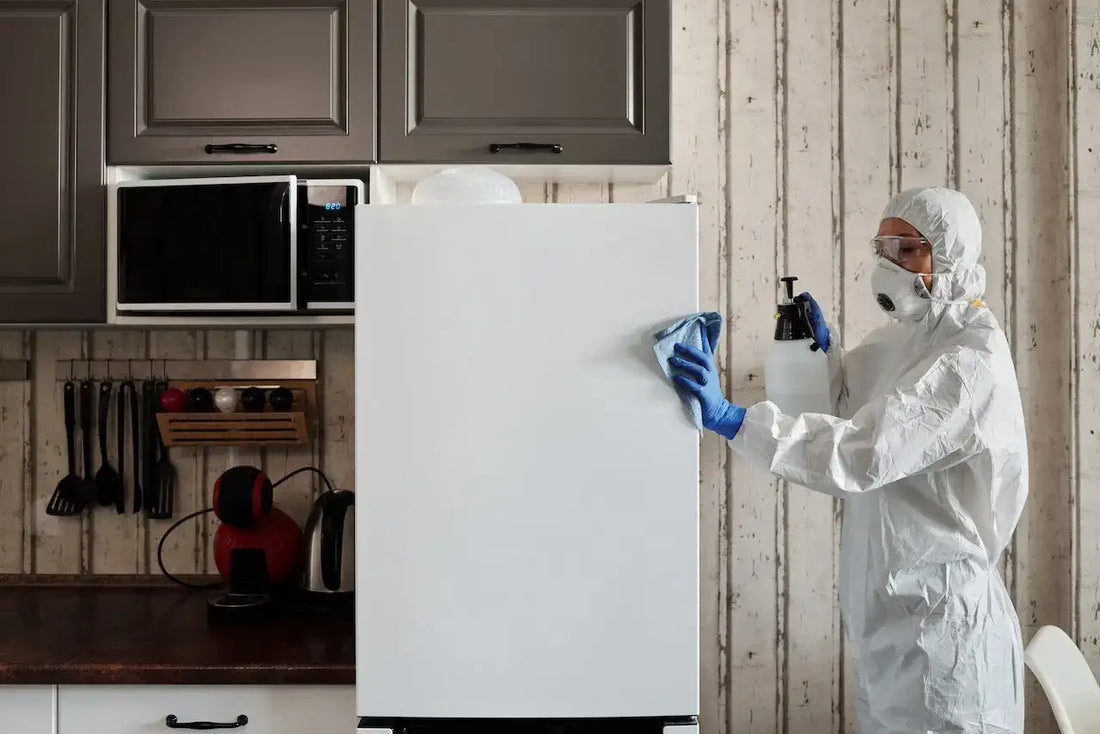Recent news via BBJ Environmental (www.bbjenviro.com) is that their BBJ MMR-II product meets Ebola Virus disinfection interim guidelines as issued by the CDC. Their original blog post is located here. Here's some of the CDC statement, which can be seen entirely here.
Ebola viruses are transmitted through direct contact with blood or body fluids/substances (e.g., urine, feces, vomit) of an infected person with symptoms or through exposure to objects (such as needles) that have been contaminated with infected blood or body fluids. The role of the environment in transmission has not been established. Limited laboratory studies under favorable conditions indicate that Ebolavirus can remain viable on solid surfaces, with concentrations falling slowly over several days.1, 2 In the only study to assess contamination of the patient care environment during an outbreak, virus was not detected in any of 33 samples collected from sites that were not visibly bloody. However, virus was detected on a blood-stained glove and bloody intravenous insertion site.3 There is no epidemiologic evidence of Ebolavirus transmission via either the environment or fomites that could become contaminated during patient care (e.g., bed rails, door knobs, laundry). However, given the apparent low infectious dose, potential of high virus titers in the blood of ill patients, and disease severity, higher levels of precaution are warranted to reduce the potential risk posed by contaminated surfaces in the patient care environment.
They continue as it relates to cleaning surfaces with the following statement
Use a U.S. Environmental Protection Agency (EPA)-registered hospital disinfectant with a label claim for a non-enveloped virus (e.g., norovirus, rotavirus, adenovirus, poliovirus) to disinfect environmental surfaces in rooms of patients with suspected or confirmed Ebola virus infection. Although there are no products with specific label claims against the Ebola virus, enveloped viruses such as Ebola are susceptible to a broad range of hospital disinfectants used to disinfect hard, non-porous surfaces. In contrast, non-enveloped viruses are more resistant to disinfectants. As a precaution, selection of a disinfectant product with a higher potency than what is normally required for an enveloped virus is being recommended at this time. EPA-registered hospital disinfectants with label claims against non-enveloped viruses (e.g., norovirus, rotavirus, adenovirus, poliovirus) are broadly antiviral and capable of inactivating both enveloped and non-enveloped viruses.
BBJ MMR-II is a hospital grade disinfectant that is used to clean and disinfect non-food use surfaces.

